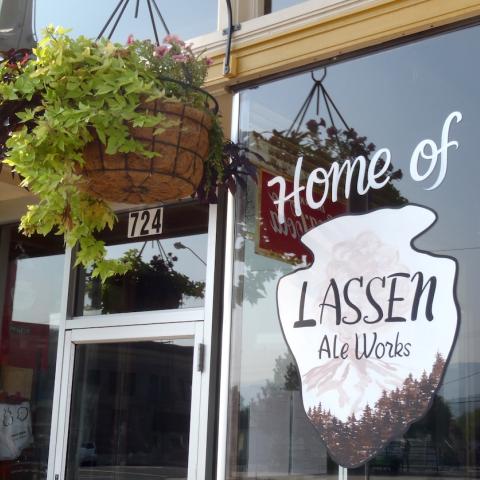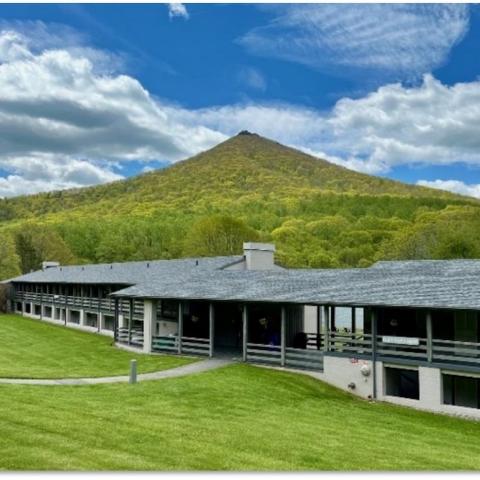
Roadwork will cause delays on the Virginia portion of the Blue Ridge Parkway this summer/NPS file
Roadwork beginning this week along the Blue Ridge Parkway in Virginia will cause delays for motorists and cyclists.
More than 38 miles of the parkway are to be resurfaced this summer as part of a pavement preservation program on the historic motor route. Work is expected to continue through this September. Visitors that encounter active work zones can expect short duration, single lane closures.
Work will take place in the following locations, including paved overlooks.
- Milepost 27.3 to 37.6, Whetstone Ridge / Montebello area (10 miles)
- Milepost 64.6 to 86.2, James River to Peaks of Otter area (22 miles)
- Milepost 89.1 to 97.2, Powell Gap to Taylors Mountain Overlook area (8 miles)
As with any road project, motorists and park users must exercise caution. In the interest of visitor safety, park visitors are asked to:
- Check the Parkway's Alerts and Conditions page for regular updated work zone information.
- Expect delays while work takes place Monday through Friday. Lane closures will be managed with flagging operations and a pilot car to lead traffic through work zones.
- Observe reduced speed limits in work zones, 24 hours a day, 7 days a week; to maintain safe operations and allow for proper curing of pavement.
- Anticipate loose gravel on the road surface during pavement curing times. Bicyclists and motorcyclists are asked to exercise extreme caution as loose gravel on top of the paved surface, during the required curing time, could result in loss of control. On-site message boards will advise against bikes.
- When circumstances prevent bicyclists from keeping up with traffic, dismount and move off the road to let the on-coming traffic pass when traveling through a single lane closure.
Contractors will work in short sections and repeat the resurfacing process as they move from section to section of the full project. The steps in this process include prepping the surface, applying a chip seal surface of liquid asphalt and stone chips, allowing the surface to properly cure, vacuuming the work area to minimize loose gravel, applying a fog seal on top of the chip seal surface, and finishing by painting road marking lines. The process will then repeat on the next section of the project.
The Blue Ridge Parkway inventory of paved roads includes bridges, tunnels, parking areas, spur roads, service roads, campground, and picnic area roads, in addition to the 469-mile parkway motor route itself. Given the large inventory of paved surfaces along the parkway, and to effectively invest available funding, the pavement preservation strategy focuses on keeping the good sections good and returning fair sections to good condition.
Pavement preservation is a regular road maintenance strategy in national parks. Studies find that for each dollar spent on pavement preservation between $6 and $10 in future pavement rehabilitation costs are saved. Funding for road maintenance in national parks, including the Parkway, comes in large part from the Highway Trust Fund, which is derived from a federal gas tax managed by the Federal Highway Administration.




 Support Essential Coverage of Essential Places
Support Essential Coverage of Essential Places






